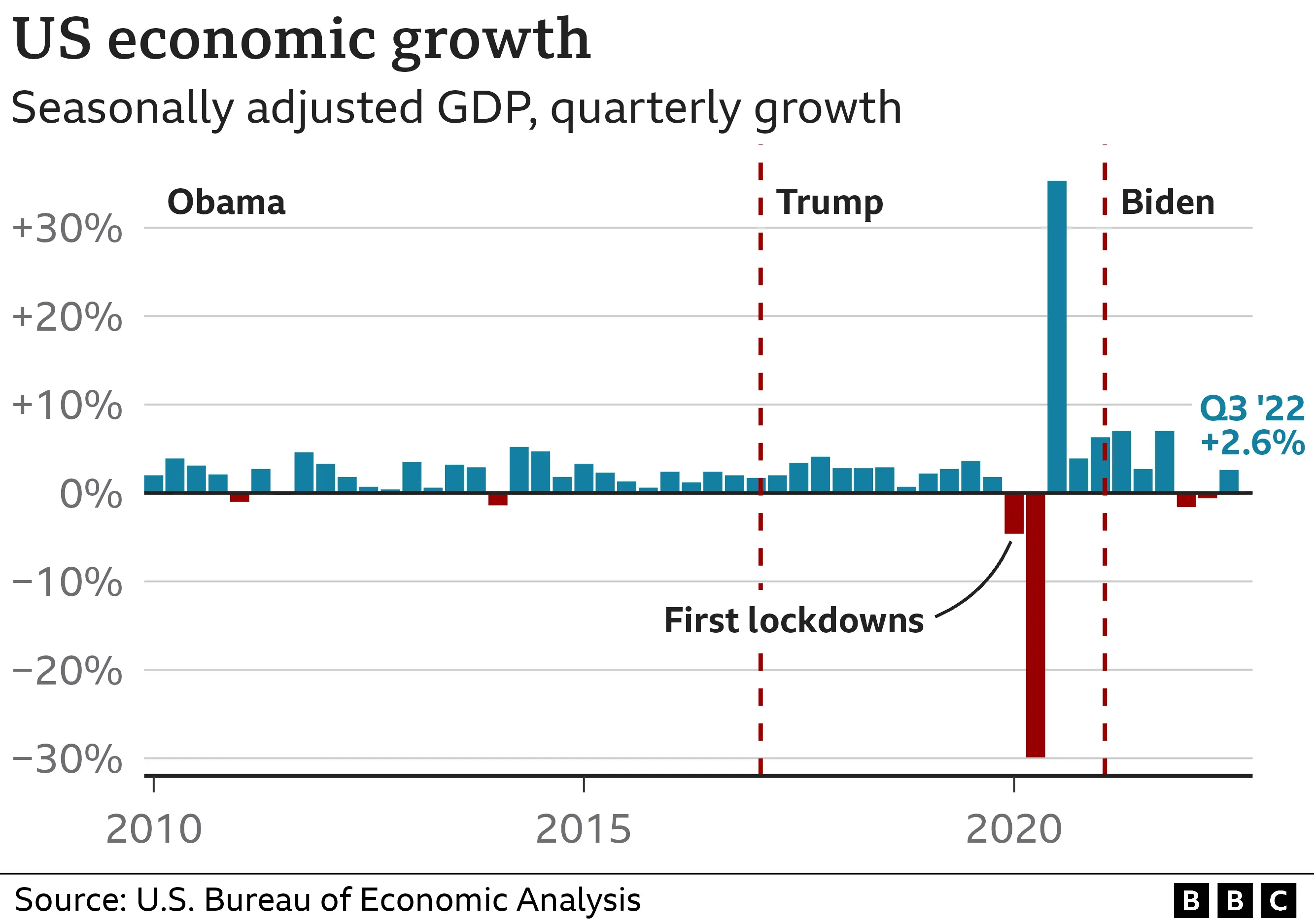California's Economy Under Pressure: The $16 Billion Impact Of Trump's Tariffs

Table of Contents
Agriculture: A Devastating Blow to California's Farms
California's agricultural sector, a cornerstone of the state's economy, suffered immensely under the weight of Trump's tariffs. The increased trade barriers led to significant declines in exports and depressed prices for key commodities, creating a ripple effect throughout the entire agricultural supply chain.
Impact on Specific Crops
Key California agricultural exports, including almonds, walnuts, and wine grapes, faced steep declines due to tariffs imposed by major trading partners, primarily China. This resulted in substantial financial losses for farmers and agricultural businesses.
- Almonds: Estimates suggest a loss of over $1 billion in almond exports due to Chinese tariffs, impacting thousands of farming families and related businesses.
- Walnuts: Similar challenges affected walnut producers, with reduced export volumes and lower prices impacting profitability and potentially leading to farm closures.
- Wine Grapes: The wine industry, a significant contributor to California's economy, experienced reduced exports, particularly to the European Union and China, leading to price instability and financial strain for growers and wineries.
These figures are drawn from reports by the USDA and the California Department of Food and Agriculture, highlighting the severity of the impact.
Knock-on Effects on Related Industries
The impact extended far beyond the farms themselves. Processing plants, transportation companies, and agricultural equipment suppliers all felt the pinch.
- Processing Plants: Reduced agricultural output led to underutilized processing capacity, resulting in layoffs and reduced investment.
- Transportation: Fewer exports meant less demand for trucking and shipping services, affecting logistics companies and their employees.
- Agricultural Equipment Suppliers: Decreased demand for new equipment and farm supplies further exacerbated the economic downturn across the agricultural value chain. Numerous businesses faced reduced sales and workforce cuts.
Manufacturing: A Sector Struggling Under the Weight of Tariffs
California's diverse manufacturing sector also bore the brunt of Trump's tariffs. Increased input costs, stemming from tariffs on imported materials and components, severely hampered the competitiveness of California manufacturers.
Increased Costs and Reduced Competitiveness
Tariffs dramatically increased the cost of production for many manufacturers, squeezing profit margins and forcing them to either absorb the increased costs or raise prices, thereby reducing their competitiveness in both domestic and international markets.
- Aerospace: The aerospace industry, a significant employer in California, faced increased costs for imported parts and materials.
- Technology: The technology sector, another key driver of California’s economy, faced higher costs for imported components used in electronics and other products.
Job Losses and Economic Strain
The combination of increased costs and reduced competitiveness inevitably led to job losses and economic strain within the manufacturing sector.
- Job Losses: While precise figures are difficult to isolate directly to tariffs, industry reports indicate significant job losses in manufacturing throughout this period, impacting numerous California communities.
- Economic Strain: The economic strain extended beyond direct job losses, impacting local businesses that relied on the manufacturing sector for their own economic activity.
Trade and International Relations: Long-Term Damage to California's Global Standing
Trump's tariffs inflicted significant damage on California's vital trade relationships with key global partners, creating uncertainty and undermining the state's long-term economic prospects.
Disruption of Trade Relationships
The imposition of tariffs disrupted established trade patterns and damaged trust with key trading partners. This uncertainty discouraged future investment and hindered the state's ability to access international markets.
- Trade Agreements: The tariffs challenged existing trade agreements and led to retaliatory tariffs from other countries, further exacerbating the negative impact on California businesses.
- Rebuild Trust: Rebuilding trust and restoring healthy trade relationships following the imposition of these tariffs requires significant diplomatic effort and time.
Implications for Future Economic Growth
The long-term consequences of these disrupted trade relationships are substantial and pose a significant threat to California's future economic growth potential.
- Foreign Investment: The uncertainty created by these trade disputes has likely discouraged foreign direct investment into California.
- Global Competitiveness: California’s ability to compete in the global marketplace has been weakened by these disruptions.
Political and Social Consequences of Trump's Tariffs on California
The economic fallout from Trump's tariffs had significant political and social ramifications in California.
Political Backlash and Public Opinion
The tariffs triggered significant political backlash within California, a state with a strong tradition of international trade and economic openness. Public opinion polls consistently showed widespread disapproval of the tariffs and their negative impact on the state's economy.
Community Impact and Social Inequality
The economic hardship resulting from the tariffs disproportionately affected certain communities, exacerbating existing social inequalities. Workers in affected industries experienced job losses and financial insecurity, particularly in rural agricultural communities.
Conclusion
This analysis reveals the severe consequences of Trump's tariffs on California's economy, resulting in a $16 billion blow across numerous sectors. From agriculture to manufacturing, the impact was widespread, leading to job losses, reduced competitiveness, and damaged trade relationships. The long-term implications for California's economic growth and its global standing remain a significant concern. Understanding the full scope of this economic damage – the $16 billion impact and its cascading effects – is crucial for policymakers and businesses alike. We must learn from this experience to mitigate the risks of future trade policies that could negatively affect California's economy and its vital industries. To learn more about the ongoing effects of trade policies on California's economy, continue your research and stay informed on relevant developments. The impact of ill-conceived trade policies, like the $16 billion loss California suffered, necessitates a careful approach to future trade negotiations.

Featured Posts
-
 Water Contamination Threatens Township Residents Urgent Action Needed
May 16, 2025
Water Contamination Threatens Township Residents Urgent Action Needed
May 16, 2025 -
 Examining Joe Bidens Rebuttals Fact Checking The Claims
May 16, 2025
Examining Joe Bidens Rebuttals Fact Checking The Claims
May 16, 2025 -
 Understanding Block Mirror Navigating Censorship And Restrictions
May 16, 2025
Understanding Block Mirror Navigating Censorship And Restrictions
May 16, 2025 -
 Los Angeles Dodgers Offseason Review Key Moves And Outlook
May 16, 2025
Los Angeles Dodgers Offseason Review Key Moves And Outlook
May 16, 2025 -
 La Liga Hyper Motion Almeria Vs Eldense Minuto A Minuto
May 16, 2025
La Liga Hyper Motion Almeria Vs Eldense Minuto A Minuto
May 16, 2025
